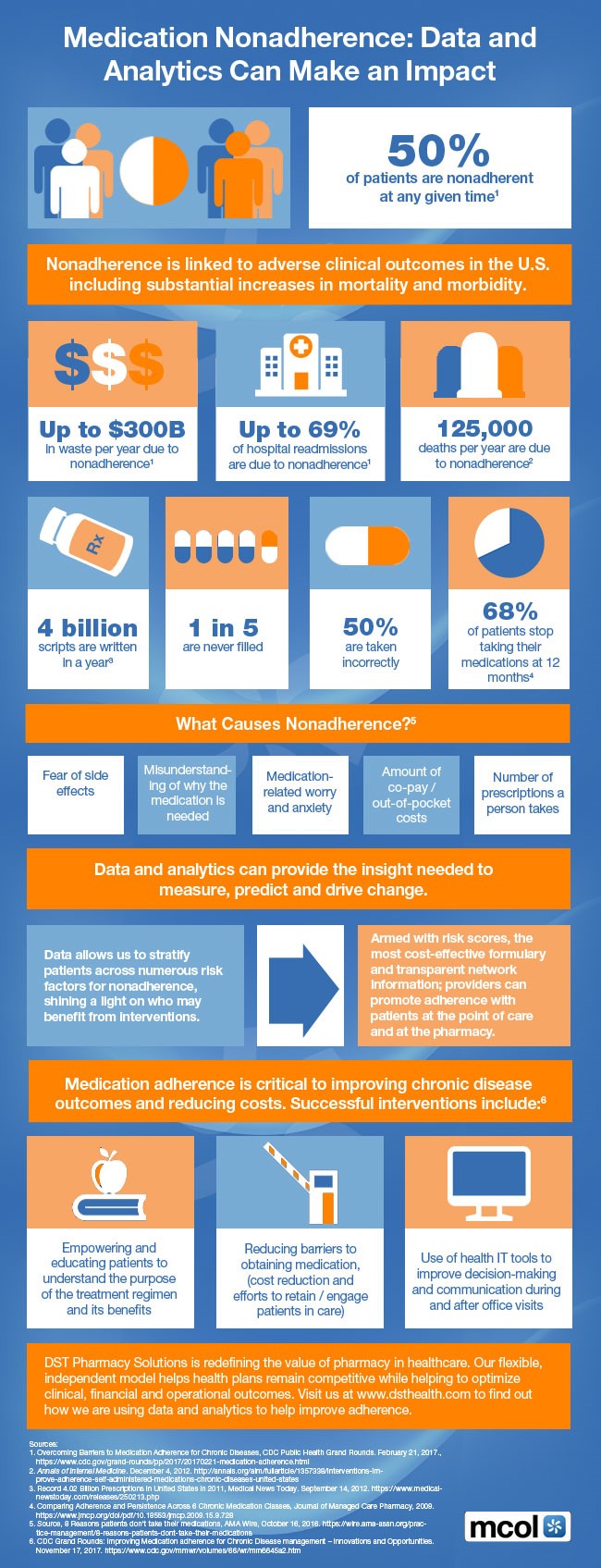|
By Kim Bellard,
April 18, 2018
If you live in
the U.S., you've probably had the experience of paying for a meal using
a credit card. The server takes your card, disappears to somewhere
in the back, does something with it that you can't see, and returns with
your card, along with two paper receipts, one of which you need to sign.
As of last week, the major credit card companies are no longer requiring
that signature. As a Mastercard person told CNET, "It
is the right time to eliminate an antiquated practice."
No kidding. Healthcare should be eliminating its antiquated
practices too.
Ending the requirement was announced
last year, went away last
week, but its actual demise will happen more slowly, as individual
merchants can still require it. Of course, the signature is only
part of the antiquated process. They're probably not looking up
your card number on a monthly list of stolen cards any longer, nor using
a manual imprinter to charge your card, but both using the physical card
and taking it from you are steps that there are 21st century
alternatives to.
Still, I'd be willing to bet that the credit card companies and
merchants bring their processes fully into the 21st century before
healthcare does.
Let's go through some of these:
·
Healthcare
still relies heavily on faxes. Supposedly it is because of security,
"HIPAA," etc., but this reliance is a lot like requiring signatures for
credit cards.
·
In an era of
ubiquitous smartphones, healthcare is still making heavy use of pagers, especially
within hospitals.
·
I can use an
AMT pretty much anywhere in the world, and can not only access my bank
account to obtain balance or transfer funds, but even to get cash on the
spot. In healthcare, I can't even go to a new doctor or healthcare
facility without having to start from ground zero in terms of
information about me (unless they are part of a health system I've
already used).
·
Patient portals
have proliferated, with more options to do tasks online, but how many
times do you visit a health care professional without having to fill out
or sign yet another form?
·
We can make
online reservations for, say, restaurants, airlines, or hotels.
When it comes to making healthcare appointments, though, we're almost
always forced to go through a tedious phone tree and end up negotiating
with a human scheduler. In 2018?
·
Manufacturers
have overwhelmingly turned to just-in-time processes. Meanwhile,
in healthcare, an appointment time is usually at best an approximation;
we expect to be seen late. If you are in a facility expecting a
test or procedure, it's even worse. These aren't even 1960's
levels of precision.
·
Telemedicine is
widely available, but usually it won't be with your doctor and the
doctor you end up getting won't have your medical history.
Shouldn't virtual visits usually be the first step?
·
With healthcare
there, no institution has access to even most of our medical history,
which remains highly scattered, siloed, and sometimes even still
paper-based. How 1980's!
·
We continue to
urge people to get annual preventive exams, even though the value of
them for most adults is highly
dubious. We
still make people get unpleasant procedures like digital rectal exams, or tests of questionable
value like PSAs or even mammograms.
In many ways,
we do have "space age" healthcare, but that space age is too often more
like 1960's NASA than 21st century SpaceX.
We can do
better. Much of healthcare has one foot firmly planted in the 21st
century, and its vision looking forward. But too much of it still
has the other foot dragging in the 20th century. It is past time to not
only identify but also to act upon antiquated practices in healthcare.
This post is an abridged version of the posting in Kim
Bellard’s blogsite. Click
here to
read the full posting
|

 Post a Comment By
Post a Comment By  Thayer, Claire |
Thayer, Claire |  Thursday, May 17, 2018 at 08:34AM tagged
Thursday, May 17, 2018 at 08:34AM tagged  Clinical & Quality|
Clinical & Quality|  Data & Technology|
Data & Technology|  Surveys & Reports|
Surveys & Reports|  health plans
health plans 
